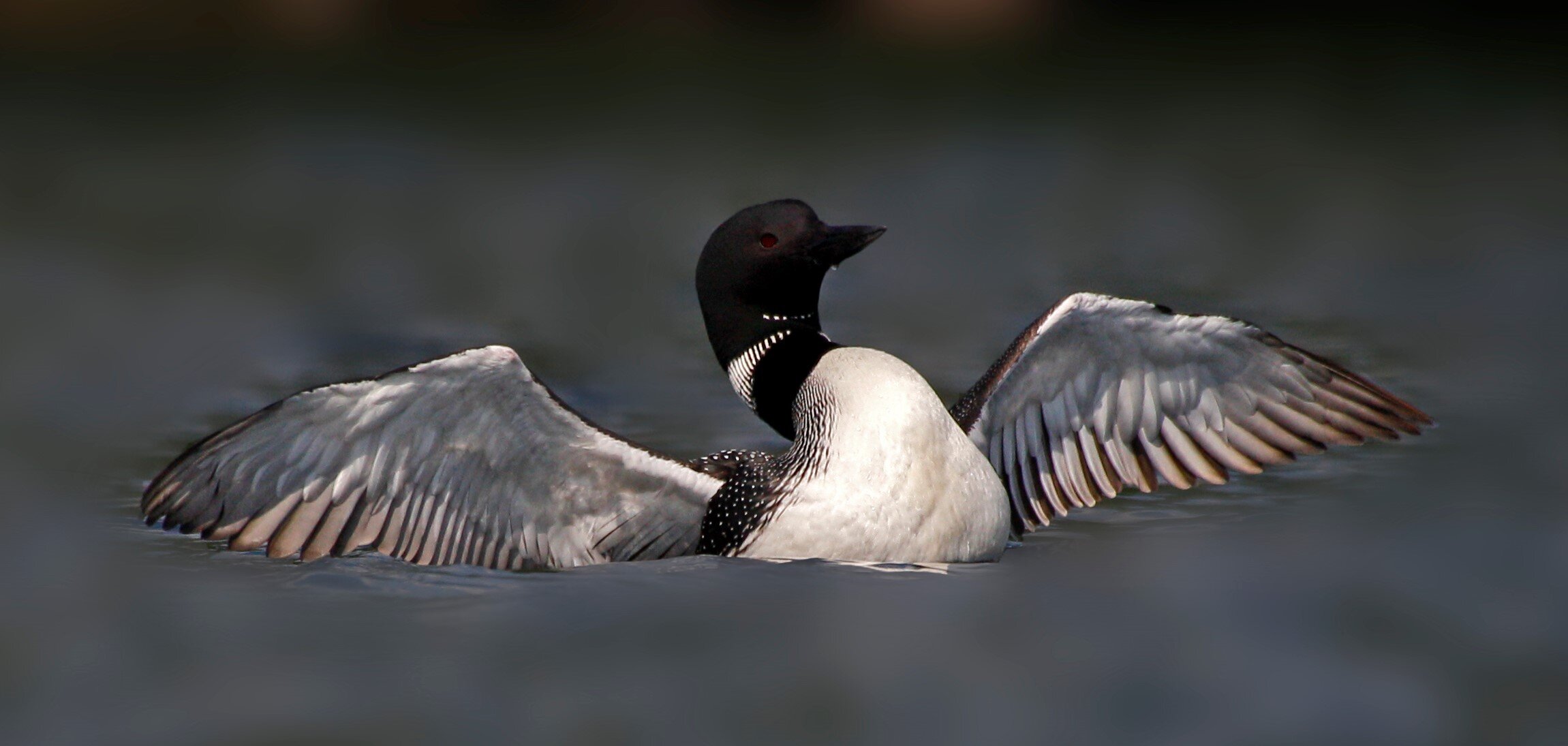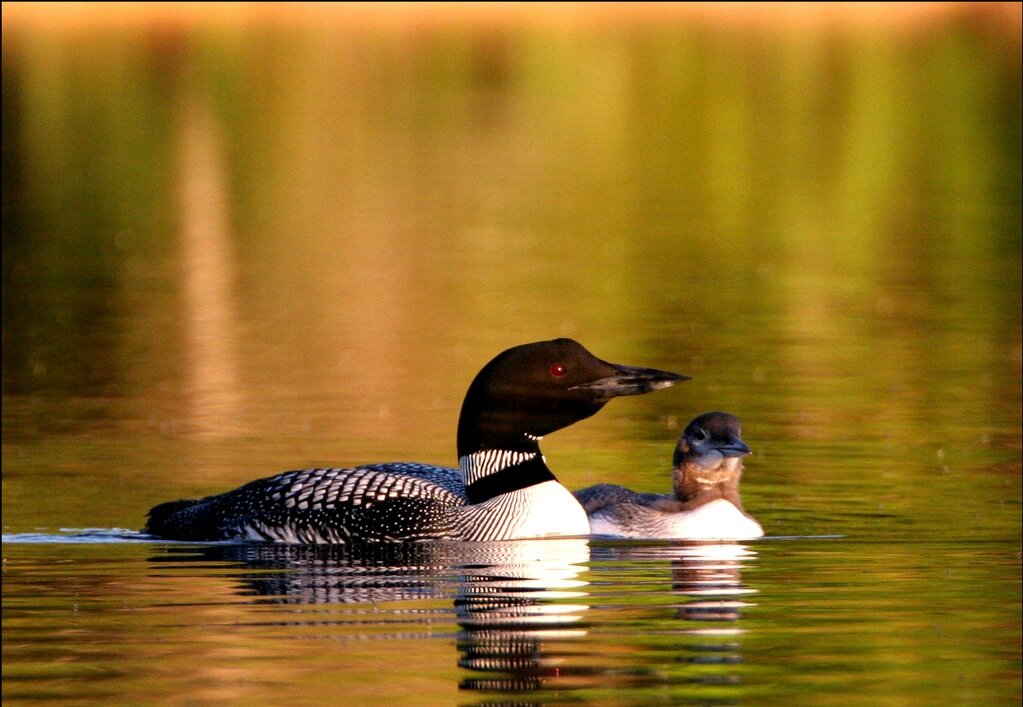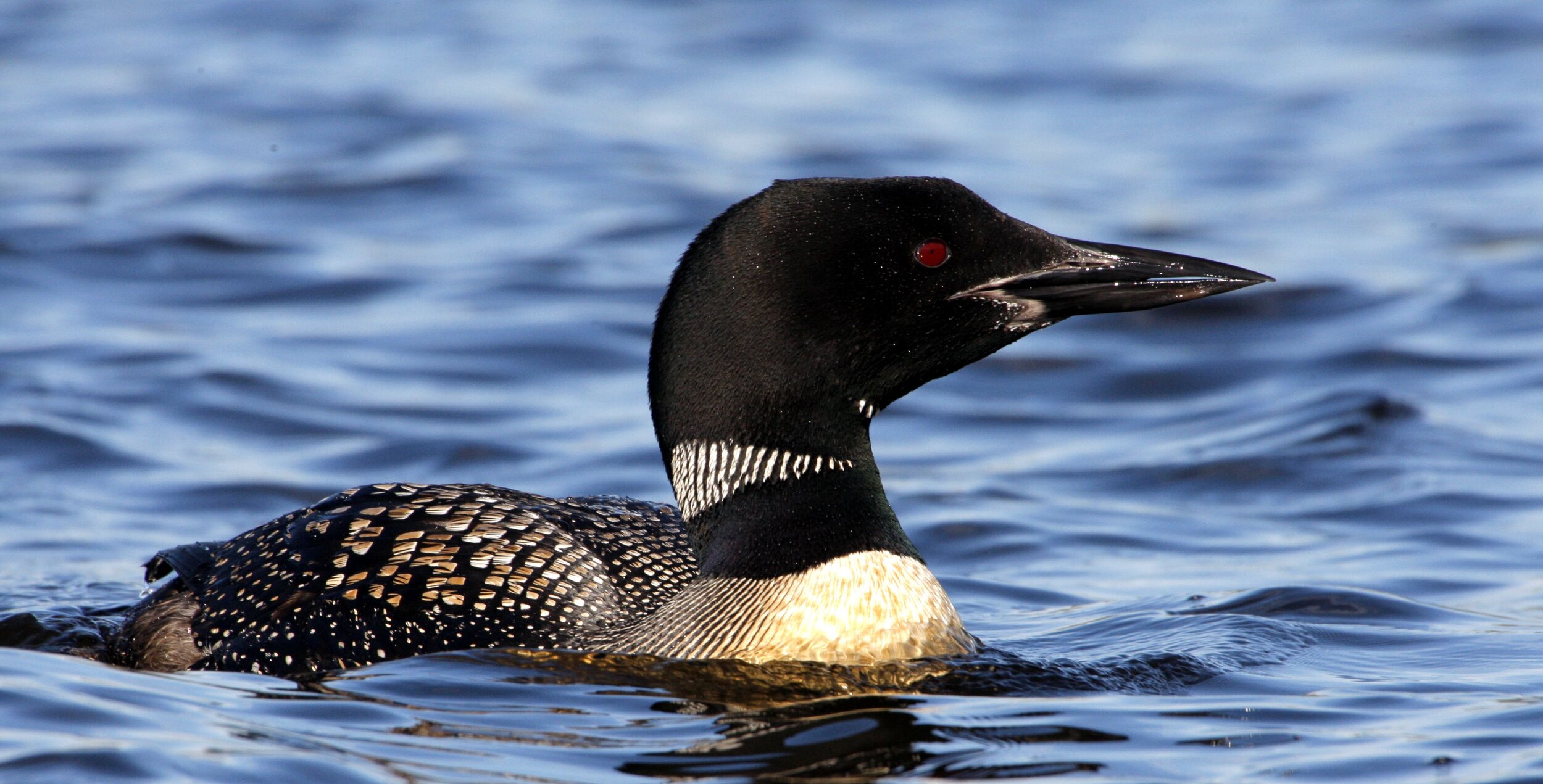
Conservation Through the Lives of Adirondack Loons
Our Work
RESEARCH
The Adirondack Center for Loon Conservation and its partners began conducting studies on the Adirondack loon population in 1998, focusing on environmental pollutants, factors affecting reproductive success, migration, general health, and more.
EDUCATION AND OUTREACH
The Adirondack Center for Loon Conservation uses the results of its loon research to promote environmental education and stewardship in the communities and classrooms of the Adirondack Park and beyond.
Management & Conservation
The Adirondack Center for Loon Conservation uses buoys, signage, and artificial nest rafts as management tools to increase reproductive success in Common Loons. We also perform rescues to help individual loons survive fishing line entanglement, becoming iced-in, and other calamities that would otherwise result in mortality.
ENVIRONMENTAL STEWARDSHIP
The Adirondack Center for Loon Conservation’s stewardship programs promote active participation in environmental conservation amongst Adirondack lake communities through support, materials and training.
Learn more about Adirondack loons, our research and our community engagement on our blog!

At the southern edge of their species range and at the top of the food chain, Adirondack loons are an important biological indicator species. By studying and protecting them, researchers are able to monitor environmental stresses that threaten countless other species.
Pollution
Common Loons are impacted by airborne mercury pollution and acid rain, which are transported long distances in the atmosphere and accumulate in aquatic ecosystems. They also become tangled in abandoned fishing line, and they ingest lead fishing tackle which causes lead poisoning.
Climate Change
Loon nests are very vulnerable to water level fluctuations. Torrential rains and strong storms, which are increasing in frequency and intensity in the Adirondacks, can flood a nest in a matter of hours.
Human Disturbance
Loon families or nesting loons are easily disturbed by boaters and paddlers. Shoreline development can also limit nesting sites.

Get Involved!
Join the Adirondack Center for Loon Conservation in our research and educational programs! Your support and time will help us enhance awareness about threats to Common Loons and the Adirondack lakes where they live. Your generous contributions will lead to a broader understanding of loon ecology and inspire deeper environmental stewardship, protecting loons and their habitats for generations to come.
Learn
Want to learn more? Attend an event or field trip, visit the Adirondack Loon Center to view our exhibits and meet our staff, read our blog, or schedule a presentation near you!
read “the Adirondack Tremolo” newsletter
Stay up to date on our work with Adirondack loons - Sign up to receive our newsletter, “The Adirondack Tremolo!”
Make a Donation
Your generous support of our loon conservation and research programs in the Adirondacks is deeply appreciated!
